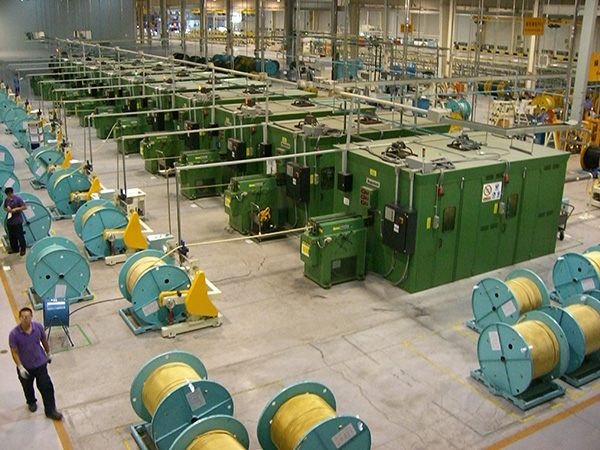Compressed Air Hoses: Features, Selection and Safety
2023-05-11 08:28:50
Properties of compressed air hoses: pressure resistance and material selection
Compressed air hoses are key components for conveying compressed air. It has the following characteristics: First, it has strong pressure resistance and can withstand high pressure. The pressure resistance of the hose is closely related to the selection of its material. Common hose materials include rubber, polyurethane and polyester fiber. Rubber hose has good pressure resistance and flexibility for medium pressure applications. Polyurethane hose has high pressure resistance and abrasion resistance, and is often used in high-pressure environments. The polyester fiber hose has a lighter weight and higher pressure resistance, suitable for occasions that require portability.
Choose the right compressed air hose: choose according to the working environment and needs
Choosing the right compressed air hose is very important to ensure safe and efficient work. First of all, the material and specifications of the hose need to be selected according to the characteristics and needs of the working environment. If there is high pressure and temperature in the working environment, a hose with high pressure and high temperature resistance should be selected. Secondly, according to the flow and pressure requirements of the compressed air, select the appropriate inner diameter and wall thickness of the hose. The larger inner diameter of the hose can reduce flow resistance and pressure loss, and improve delivery efficiency. Finally, pay attention to the wear resistance and corrosion resistance of the hose to ensure that the hose can work stably for a long time under harsh working conditions.
Precautions for safe use of compressed air hoses: regular inspection and correct use
In order to ensure the safe use of compressed air hoses, there are several precautions that need to be observed. First, check the appearance of the hose regularly for damage, cracks or aging. If any abnormality is found, the hose should be replaced in time to avoid potential safety hazards. Secondly, during use, the hose should be prevented from being subjected to excessive tension, extrusion or twisting. Hose connections also need to remain secure to prevent air leaks and accidental dislodgement. Finally, the operator should master the correct method of use to avoid misuse and overload use. Relevant safety operating regulations should be followed to ensure that the hose is used within the normal working pressure range and avoid exceeding the rated pressure of the hose.
As an important part of conveying compressed air, compressed air hose has the characteristics of strong pressure resistance and various material choices. When selecting hoses, materials and specifications need to be determined according to the working environment and needs to ensure safe and efficient work. At the same time, when using compressed air hoses, pay attention to regular inspection and maintenance, follow safe operating procedures, and avoid misuse and overloading. Only the correct selection and safe use of compressed air hoses can ensure the smooth progress of work, improve work efficiency, and ensure the safety of personnel and equipment.